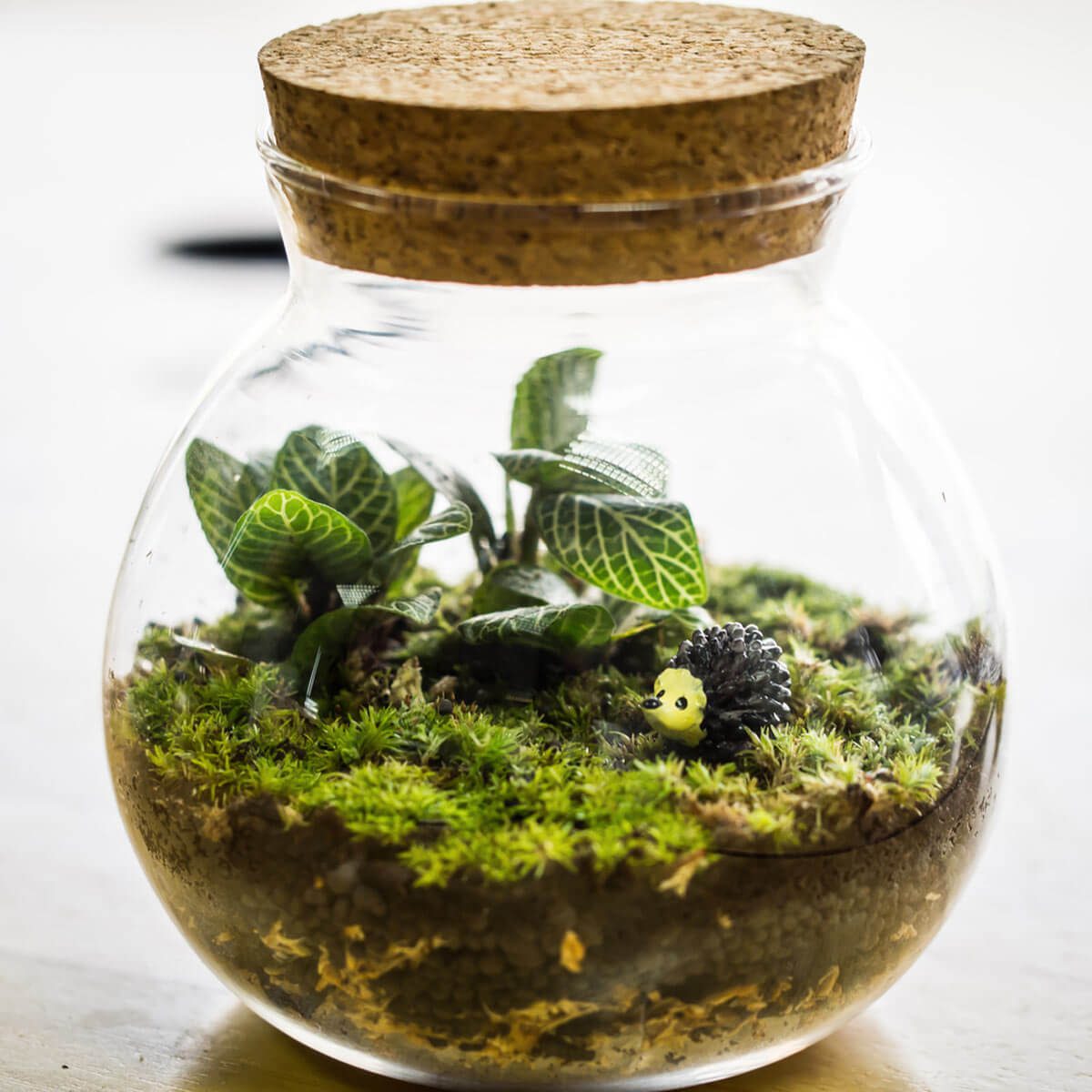DIY Living Room Terrarium Display Creation
DIY Living Room Terrarium Display Creation
If you're looking for a unique and stylish way to add some life to your living room, consider creating a DIY terrarium display. Terrariums are miniature ecosystems that can be made from a variety of materials, including glass jars, plastic containers, and even old wine bottles. They're a great way to bring the outdoors in, and they can make a beautiful addition to any home.
In this article, we'll walk you through the steps of creating your own DIY terrarium display. We'll provide tips on choosing the right materials, planting your plants, and maintaining your terrarium. So whether you're a gardening novice or a seasoned pro, read on for all the information you need to know to create your own beautiful terrarium.
Choosing the Right Materials

The first step in creating a DIY terrarium display is choosing the right materials. You'll need to decide what type of container you want to use, as well as what plants and soil you want to include.
Containers
The most common type of container used for terrariums is a glass jar. Glass jars come in a variety of shapes and sizes, so you can choose one that will fit in your desired location. Other options for containers include plastic containers, terrarium kits, and even old wine bottles.
When choosing a container, keep the following factors in mind:
- Size: The size of your container will determine the size of your terrarium and the number of plants you can include.
- Shape: The shape of your container will affect the overall look of your terrarium. Round containers create a more symmetrical look, while square or rectangular containers offer more versatility.
- Material: Glass jars are the most common type of container used for terrariums, but plastic containers and terrarium kits are also popular options. Terrarium kits often include everything you need to create a terrarium, including the container, soil, plants, and decorations.
Plants
The plants you choose for your terrarium will depend on the climate in your area and the amount of light your terrarium will receive. If you live in a warm climate, you can choose from a variety of tropical plants, such as ferns, orchids, and bromeliads. If you live in a cooler climate, you can choose from a variety of succulents and cacti.
When choosing plants for your terrarium, keep the following factors in mind:
- Light: The amount of light your terrarium receives will determine which plants you can grow. Most plants need bright, indirect light, but some plants, such as succulents and cacti, can tolerate more direct sunlight.
- Water: The frequency with which you need to water your terrarium will depend on the type of plants you choose. Some plants, such as succulents and cacti, need very little water, while other plants, such as ferns and orchids, need more frequent watering.
- Size: The size of your plants will also need to be taken into account. You don't want to plant plants that are too large for your terrarium, as they will eventually outgrow it.
Soil
The type of soil you use for your terrarium will depend on the plants you choose. Most plants do well in a soil that is well-draining and rich in organic matter. You can purchase special terrarium soil, or you can make your own by mixing equal parts potting soil, sand, and perlite.
Planting Your Terrarium
Once you have chosen your container, plants, and soil, you can begin planting your terrarium. Here are the steps involved:
- Add a layer of gravel or pebbles to the bottom of your container. This will help to drainage and prevent the soil from becoming waterlogged.
- Add a layer of potting soil. The thickness of this layer will depend on the size of your plants.
- Plant your plants. Space your plants evenly throughout the terrarium. Be sure to plant them deep enough so that the roots are covered.
- Add more soil as needed. Fill in any gaps around the plants with soil.
- Water your terrarium. Water your terrarium thoroughly until the soil is moist but not soggy.
Maintaining Your Terrarium
Once your terrarium is planted, it's important to maintain it properly to keep your plants healthy. Here are a few tips for maintaining your terrarium:
- Water your terrarium regularly. The frequency with which you need to water your terrarium will depend on the type of plants you have and the climate in your area. Most terrariums need to be watered once a week, but you may need to water your terrarium more often in hot weather or less often in cold weather.
